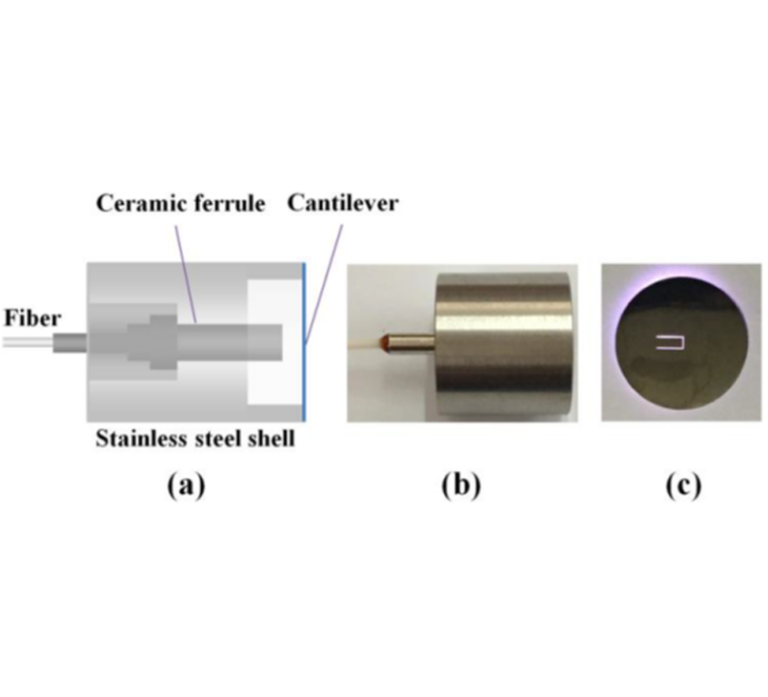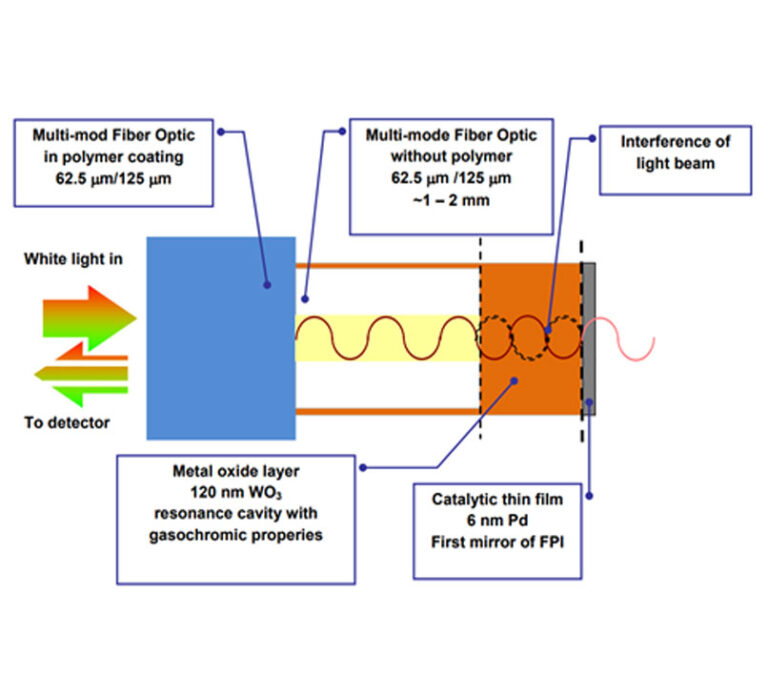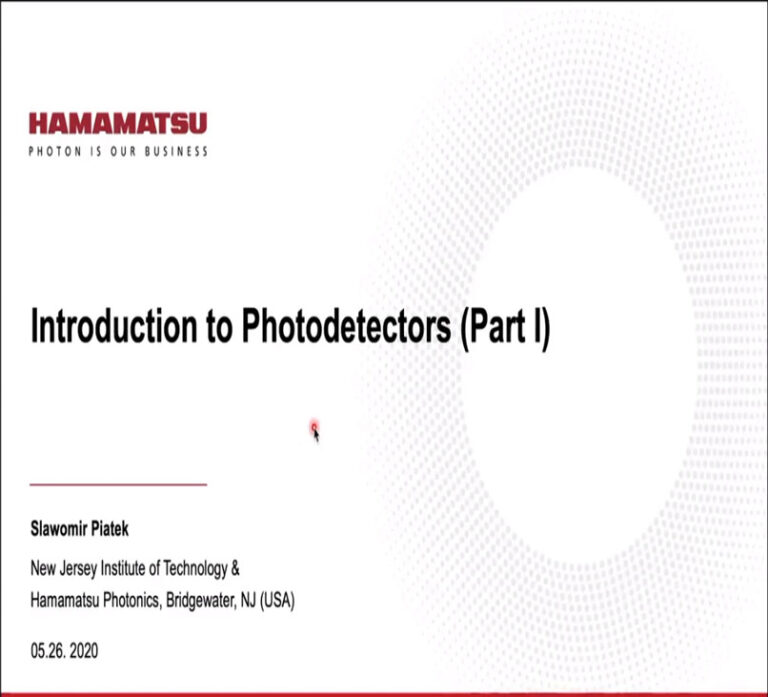Introduction to photodetectors
Photodetectors are electronic devices that convert light energy into electrical signals. They are used in a wide range of applications, including optical communication, sensing, imaging, and spectroscopy. Photodetectors come in different types and designs, each with its own advantages and limitations.
One of the most common types of photodetectors is the photodiode. A photodiode is a semiconductor device that generates a current when exposed to light. It consists of a p-n junction that absorbs photons and creates electron-hole pairs. The generated current is proportional to the intensity of the incident light.
Another type of photodetector is the avalanche photodiode (APD). An APD is similar to a regular photodiode but has an additional layer that creates an avalanche effect when a high voltage is applied. This effect amplifies the generated current and improves the sensitivity of the detector.
Other types of photodetectors include phototransistors, photoconductors, and photomultiplier tubes (PMTs). Each type has its own unique properties and applications.
Photodetectors are essential components in many optical systems, such as fiber optic communication networks, laser rangefinders, and biomedical imaging devices. They are also used in scientific research for measuring light intensity and spectral characteristics.

InnoWell is an innovative company in the field of the optical gateway and fiber-optics-based sensors. The various products of InnoWell can fulfill customers’ requirements for measuring temperature, and types of gasses, whether they are toxic or explosive in oil wells, besides identifying gas kick before occurrence.
Copyright © 2023 InnoWell. All Rights Reserved



